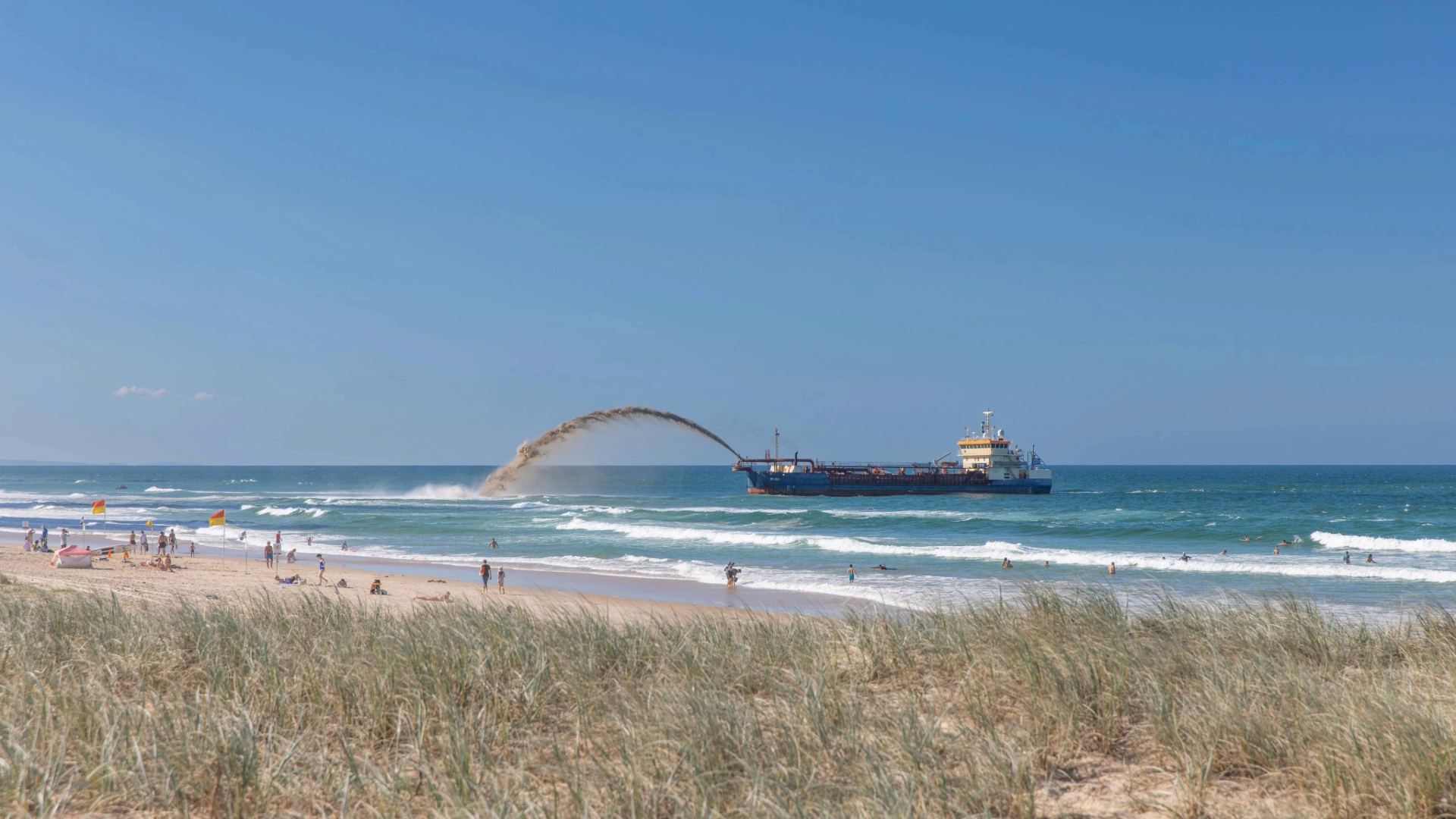Introduction
Dredging plays a critical role in maintaining navigable waterways, supporting maritime commerce, and preventing flooding. However, dredging activities also pose significant environmental challenges, particularly in terms of sediment disturbance and impacts on aquatic life. Delaware City’s ongoing dredging project at the Delaware City Dredged Material Disposal Area (DMDA) offers a compelling example of how infrastructure upgrades can be carefully balanced with environmental stewardship through advanced environmental dredging and ecological dredging practices.
The Importance of Dredging in Delaware City
Located adjacent to the Chesapeake & Delaware Canal in New Castle County, Delaware City’s disposal area is a key site for managing sediment dredged from the Delaware River federal channel. Regular dredging is crucial for maintaining sufficient depth for large commercial vessels, which supports regional economic activity and ensures safe navigation.
However, dredging disturbs sediments that can contain pollutants and disrupt aquatic habitats, which requires careful management to minimize environmental harm. The US Army Corps of Engineers (USACE) Philadelphia District is leading the current efforts, emphasizing a sustainable approach that protects the ecosystem while upgrading critical infrastructure.
Site Preparation: Balancing Engineering with Ecology
Preparations for the upcoming dredging season, anticipated for summer 2025, include significant work to prepare the Delaware City DMDA for sediment placement. This involves removing vegetation, draining excess water, and reconstructing interior dikes to safely contain the dredged materials.
But engineering alone isn’t enough. The project team is also implementing thoughtful ecological dredging practices to preserve local wildlife. One vital component is the proactive relocation of fish from the disposal site to a publicly accessible pond located just north of the Chesapeake & Delaware Canal, near the Railroad Bridge. This fish relocation effort, scheduled between June 9 and June 20, 2025, helps prevent harm to fish populations that might otherwise be trapped or displaced by the dredging and site preparation activities.
Environmental Dredging: Minimizing Ecological Impact
Environmental dredging differs from traditional dredging in that it prioritizes methods that minimize damage to surrounding habitats and maintain water quality. In Delaware City, this approach entails careful sediment handling to prevent the release of contaminants and sediment suspension, which can harm aquatic plants and animals.
By draining water from the disposal area and rebuilding containment dikes, the project minimizes the spread of sediment and potential pollution to adjacent waterways. Additionally, monitoring and adherence to environmental regulations ensure that dredging activities meet strict standards for ecosystem protection.
These strategies demonstrate a commitment to minimizing the project’s ecological footprint, an essential balance in today’s infrastructure development.
The Role of Fish Relocation in Ecological Stewardship
Fish are highly sensitive to changes in their environment, and dredging sites can be particularly disruptive. The USACE’s coordinated fish relocation effort involves safely capturing and transporting fish from the dredging area to a suitable habitat where they can continue to thrive.
This initiative is a hallmark of ecological dredging practices, recognizing that successful dredging projects must incorporate biodiversity conservation. By relocating fish before site dewatering and sediment placement, the project reduces fish mortality and supports the health of local populations.
Moreover, the choice of a publicly accessible pond as the relocation site provides an opportunity for community engagement and education about local ecosystems and the role of dredging in maintaining waterway health.
Long-Term Benefits: Infrastructure, Economy, and Environment
The Delaware City dredging project demonstrates that infrastructure upgrades can be achieved without compromising environmental health. Maintaining the Delaware River federal channel ensures that larger vessels with deep drafts can safely access ports, which is vital for commerce, trade, and regional economic growth.
At the same time, employing environmental dredging techniques and ecological dredging practices safeguards aquatic ecosystems and promotes biodiversity. This dual focus aligns with broader goals of sustainable development and responsible resource management.
Maintaining a healthy waterway is also crucial for supporting recreational activities and enhancing the quality of life in nearby communities. By mitigating environmental impacts, the project supports not only commerce but also conservation and public enjoyment of Delaware’s waterways.
Challenges and Future Outlook
Balancing infrastructure needs with ecological care is complex and requires ongoing innovation and cooperation. Sediment quality, weather conditions, and biological factors can complicate dredging operations, requiring adaptive management.
The Delaware City project serves as a model for other dredging efforts worldwide. It demonstrates how incorporating environmental science, engineering, and community involvement leads to better outcomes.
Looking ahead, continued monitoring of environmental indicators and fish populations will be crucial to evaluating the project’s success and informing future dredging operations. The use of emerging technologies, such as sediment sensors and habitat modeling, can further enhance environmental dredging efficiency and minimize ecological disruption.
Conclusion
Delaware City’s dredging project exemplifies the modern approach to dredging—one that recognizes the necessity of infrastructure maintenance while prioritizing environmental stewardship. Through careful sediment management, strategic site preparation, and dedicated fish relocation efforts, the project strikes a balance between the demands of commerce and the imperative to protect aquatic ecosystems.
As climate change and increasing maritime traffic continue to challenge waterway management, projects like this pave the way for sustainable dredging solutions. They remind us that responsible infrastructure development and ecological conservation are not mutually exclusive but can work hand in hand to secure resilient waterways for future generations.
